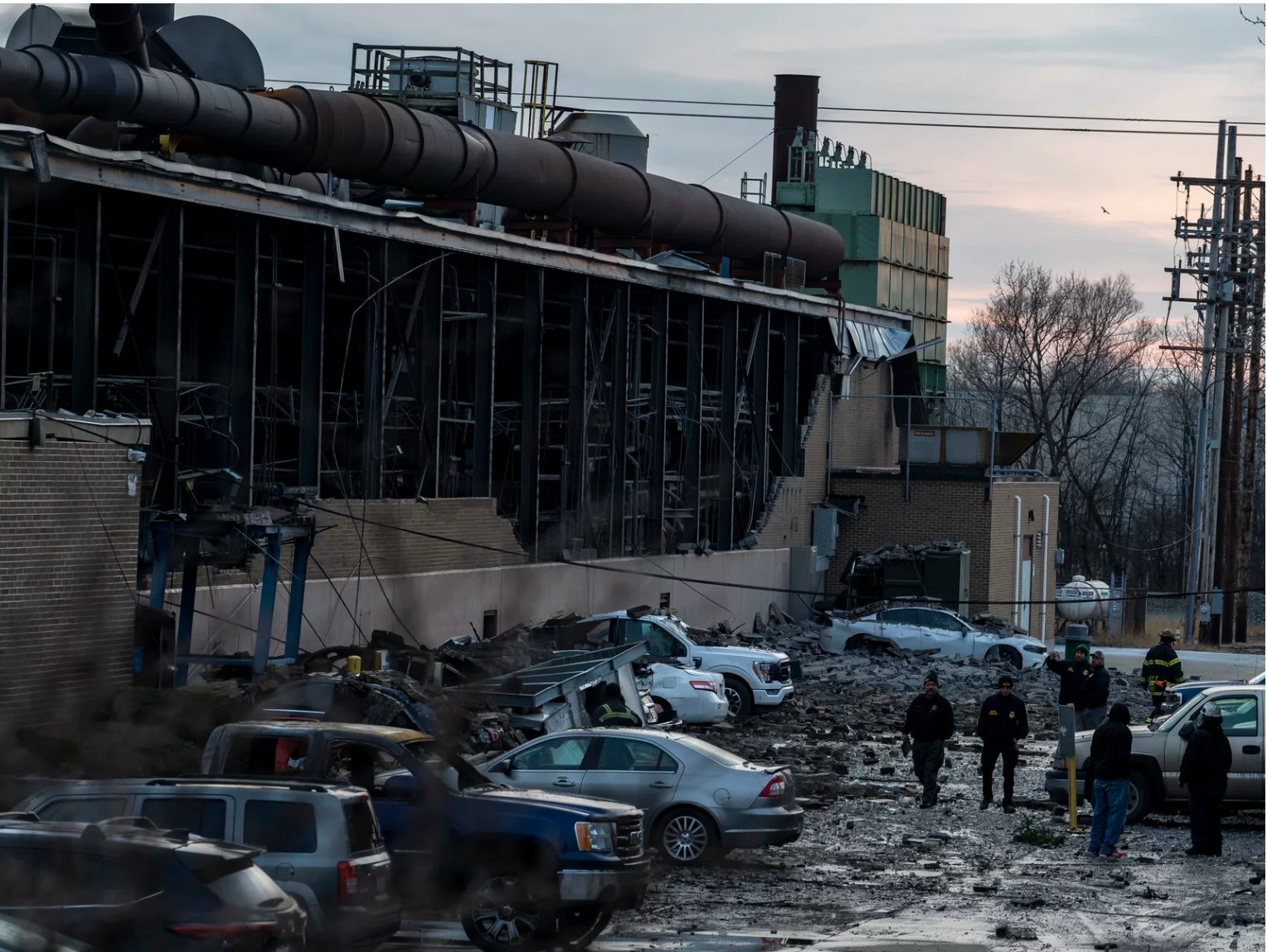Mining Industry 2024: Focusing on Safety, Reliability, and Reducing Greenhouse Gases
Elizabeth Ruiz
Posted 1/24/2024
In the US, 65 different materials are collected from almost 13,000 mines. Mining is essential, but it is a very dangerous profession. (worker.gov) Unfortunately, it is common knowledge that the mining industry has a “black eye” with the number of fatalities per year. What regulations are in place and initiatives moving forward to promote safety for mine workers?
A strong mining Reliability and Maintenance program is also vital for safety in mines and any workplace. What are the best ways to keep mine equipment reliable and safe?
Lastly, it is also common knowledge that the mining industry has been a significant source of greenhouse gas emissions and pollution in general. What is being done as we move toward the net-zero target?

Safety and Health in the Mining Industry
The Mine Act states that miners must be given safety training tailored to the type of mine and the type of work. Employees who are not trained are to be withdrawn from the mine until they are properly trained. Last year saw an increase in fatalities and injuries due to lack of training. Check out MSHA’s list of training resources for mine workers at any stage of their career.
Mine workers have the right to request health/safety inspections and the right to report unsafe working conditions. Another tenet of the act is that mine operators must immediately report all mining accidents within 15 minutes of when they knew (or should have known) about the incident.
The US Department of Labor’s Mine Safety and Health Administration (MSHA) exists to prevent injury, illness, and fatality, as well as promote safe/healthy workplaces in the mining industry.
The department is tasked with:
- Conducting inspections
- Investigating hazard complaints
- Offering education, training, and compliance assistance
- Working with labor and mine operators to correct safety hazards and prevent accidents
- Approving requests for certain equipment to be used in gassy underground mines (dol.gov)
Visible events such as near misses or accidents are more likely to lead to safety efforts because they are obvious, everyone can see them. However, there are health hazards that miners face that are harder to identify, analyze, and address. Mine workers are vulnerable to some of the worst occupational illnesses, such as coal workers’ pneumoconiosis (black lung disease), silicosis, and cancer.
MSHA will focus on a number of initiatives related to health and safety including:
- Coal mine workers who have developed pneumoconiosis have the right to work in healthier parts of the mine – MSHA will work to reduce barriers possibly preventing coal miners from exercising these rights under Part 90.
- A rule has been proposed by MSHA to better protect all mine workers from exposure to respirable crystalline silica and to update existing respiratory protection standards.
- Read the rest of the initiatives on msha.gov and about the Black Lung Program from the Department of Labor.
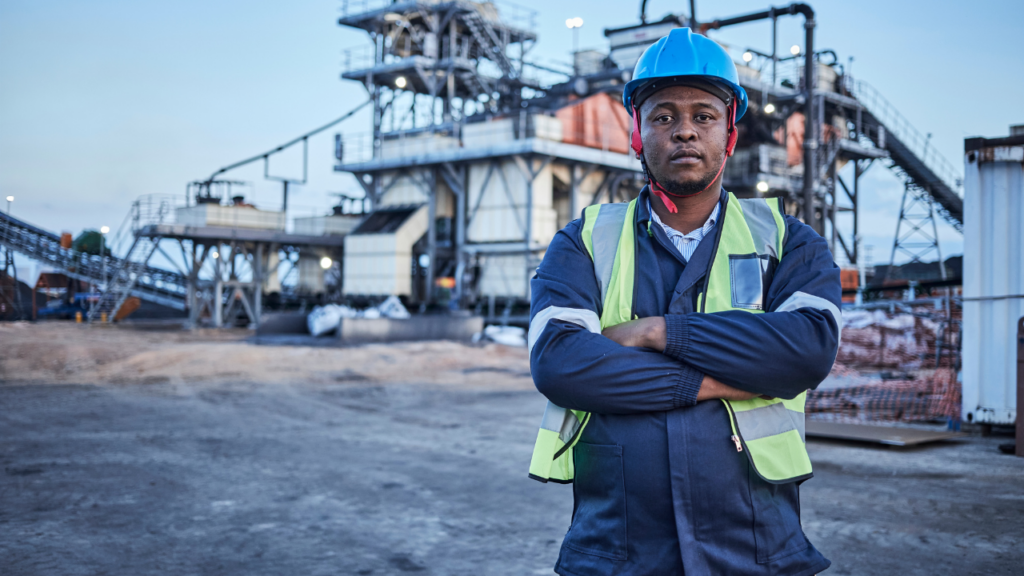
Mining Reliability and Maintenance
As we know, equipment reliability directly impacts the safety and health of workers in mines. If machines are not running properly, it opens your operation up to problems such as injuries caused by broken equipment and generally unhealthy conditions.
North American Mining states that “mining is one of the most punishing environments for wear components,” even with the development of new technology and more advanced materials.
Conditions can be severe and harsh, introducing extreme weather and temperatures. Gears, bearings, and hydraulic systems have a shortened lifespan in the mining industry due to the higher amount of stress.
There are materials and substances that can be corrosive or abrasive. These elements lead to faster wear and tear on components, as well as more frequent maintenance and repair. It is also common for dust and debris to get into equipment, causing important mechanisms to clog and reducing overall efficiency. (North American Mining)
According to MRO, the mining industry must implement reliability and maintenance programs to be able to compete in today’s international marketplace. Maintenance costs in the mining industry can range from 30 – 50% of operating expenses. This means that reliability and maintenance strategies, training, and good spare parts management create a safer and healthier work environment and help keep costs down in the mining industry.
Field Insight has put together a list of daily equipment-specific mining reliability and maintenance tips:
Visual Inspection: Look for any visible damages, leaks, loose or missing parts, or signs of abnormal wear and tear. Ensure that all safety features, such as guards and emergency stop buttons, are intact and functional.
Fluid Levels: Check the levels of engine oil, hydraulic fluid, coolant, and fuel. Top up as needed, following the manufacturer’s guidelines.
Filters: Inspect and clean or replace air filters, fuel filters, and hydraulic filters to maintain optimal performance.
Belts and Pulleys: Examine belts for signs of wear, tension, or damage. Check pulleys for misalignment or excessive play.
Lubrication: Ensure all necessary lubrication points are adequately greased according to the manufacturer’s specifications.
Electrical Systems: Check batteries for charge and clean terminals if necessary. Inspect wiring and connectors for any signs of damage or loose connections.
Tires and Tracks: Check tire pressure, tread wear, and overall condition. For tracked equipment, inspect tracks for tension, wear, and damage.
Functional Tests: Conduct functional tests of all equipment controls, gauges, lights, alarms, and safety features to ensure they are working correctly.
(Paul Tyrrell, Field Insight)
Performing each of these checks every day allows mine maintenance professionals to find potential problems early, reduce risk of breakdown and unplanned downtime, and ensure that equipment is running efficiently and safely. Regular cleaning and correct storage of mining equipment and components are also necessary parts of a good mining reliability and maintenance program.
Mining reliability and maintenance programs promote procedures that create a safer work environment, which leads to better maintenance outcomes and overall operational efficiency (Field Insight).
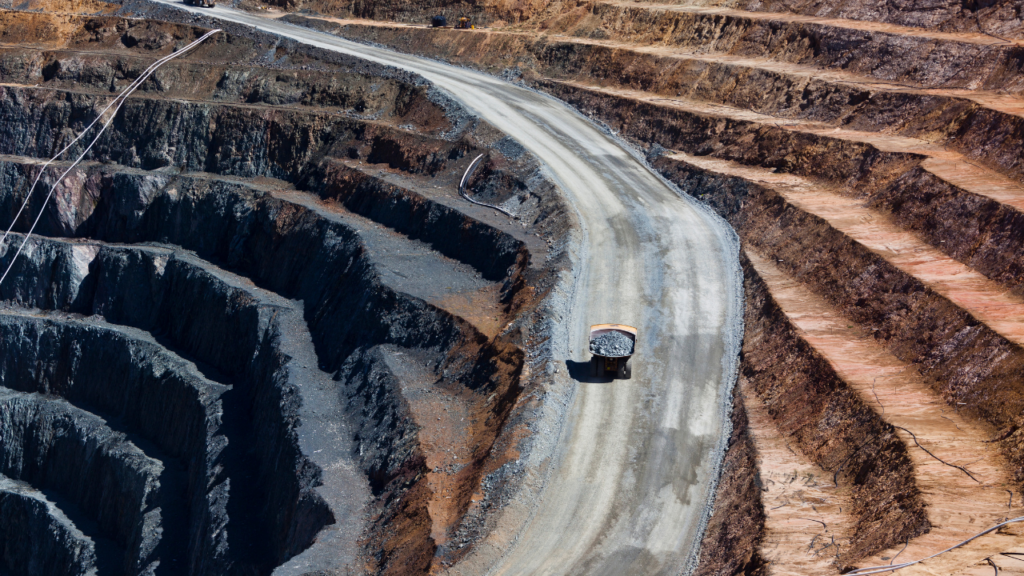
Reducing Greenhouse Gases in the Mining Industry
Mining Technology reports that reducing greenhouse gas emissions is an urgent concern for mining operations committed to net-zero targets. Mining companies’ emissions are usually higher because of the combustion of fossil fuels running heavy machinery, ore transportation, and other on-site processes such as blasting and certain chemical reactions.
To alleviate some of the damage from scope 2 emissions, many mining operations are moving toward on-site power generation where possible and using renewable energy resources. The most commonly used renewable resource is currently solar power, which represents 63.8% of on-site power in development. Other strategies being employed are the use of liquefied natural gas, electric batteries, fuel cells, and electric fleets.
Many mining organizations around the world are focused on reaching short-term (2030) and long-term (2050) targets, and GlobalData, a leading data and analytics company, determined that there has been reduction in harmful emissions in the mining industry. (Mining Technology)
Conclusion
In 2024, the mining industry is prioritizing safety, reliability and maintenance, and environmental sustainability. Regulations such as the Mine Act and initiatives from MSHA demonstrate a commitment to mine worker well-being, addressing visible safety issues and hidden health hazards. Reliability and maintenance programs actively prevent equipment failures, reduce injury risks, and optimize operational efficiency.
Much of the mining industry now acknowledges its environmental impact and is working towards reducing greenhouse gas emissions through cleaner energy sources such as solar power, liquefied natural gas, and electrification. Global efforts are evident in short-term and long-term emission reduction goals among many organizations. A focus on safety, reliability, and environmental responsibility shapes a more sustainable mining approach for today.
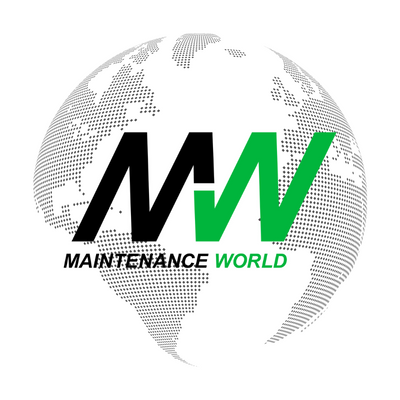
Midweek with Maintenance World
Looking for a midweek break? Keep up with the latest news brought to you by the Maintenance World Crew.
Related Articles

Cardinal Manufacturing, Helping to Bridge the Manufacturing Skills Gap

South Carolina Ranked as the #1 State for Manufacturing
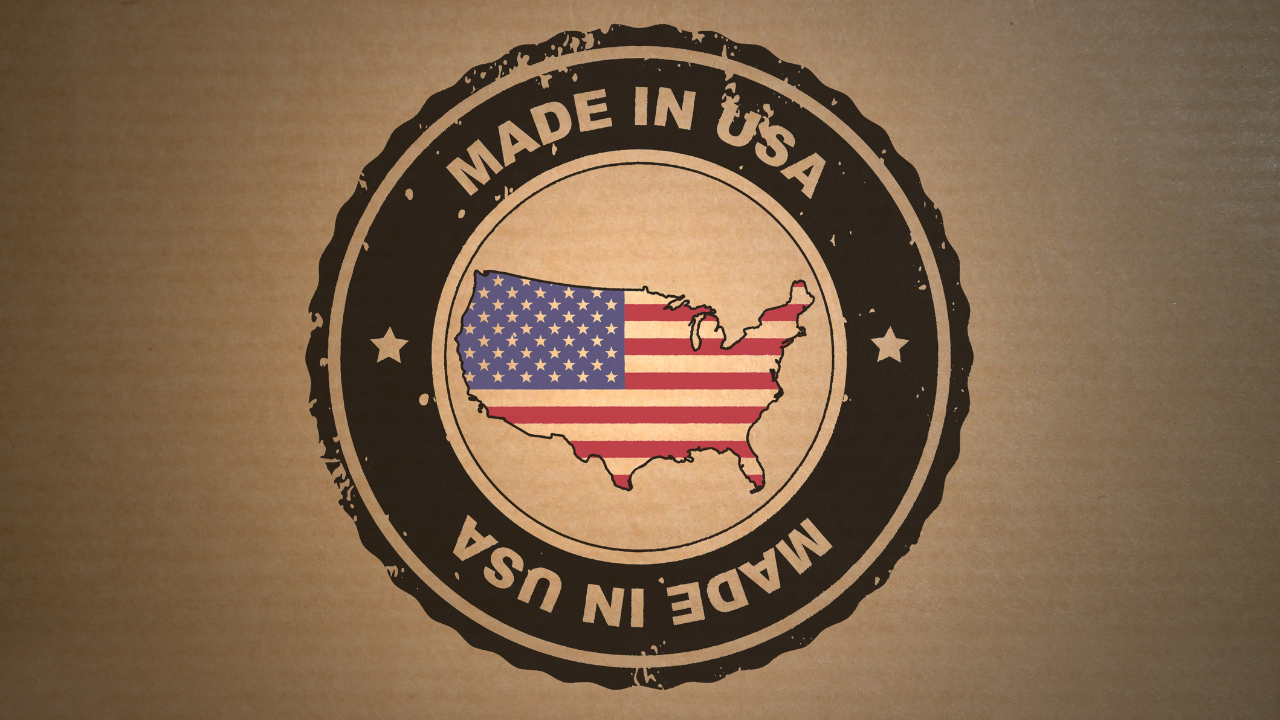
The Decade of American Reshoring
Lost Radioactive Capsule Proves Preventive Maintenance is as Important as Ever
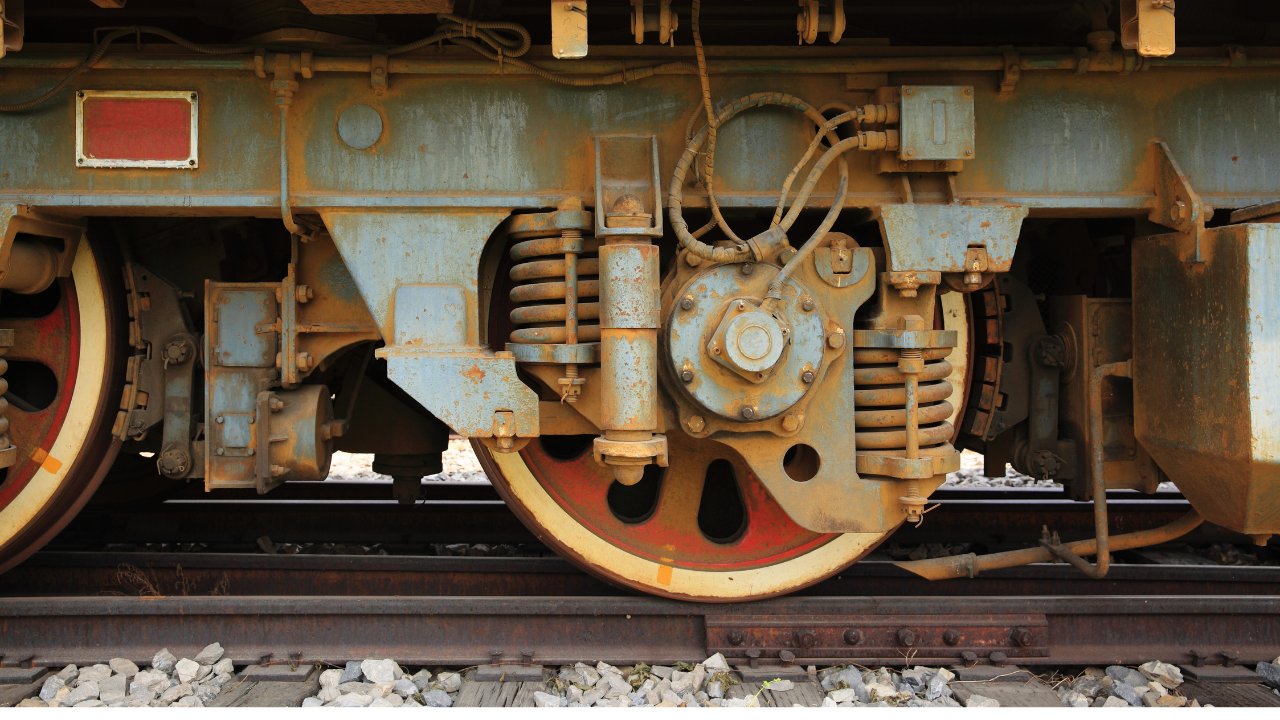
HBD Condition Monitoring Devices at the center of Ohio Derailment
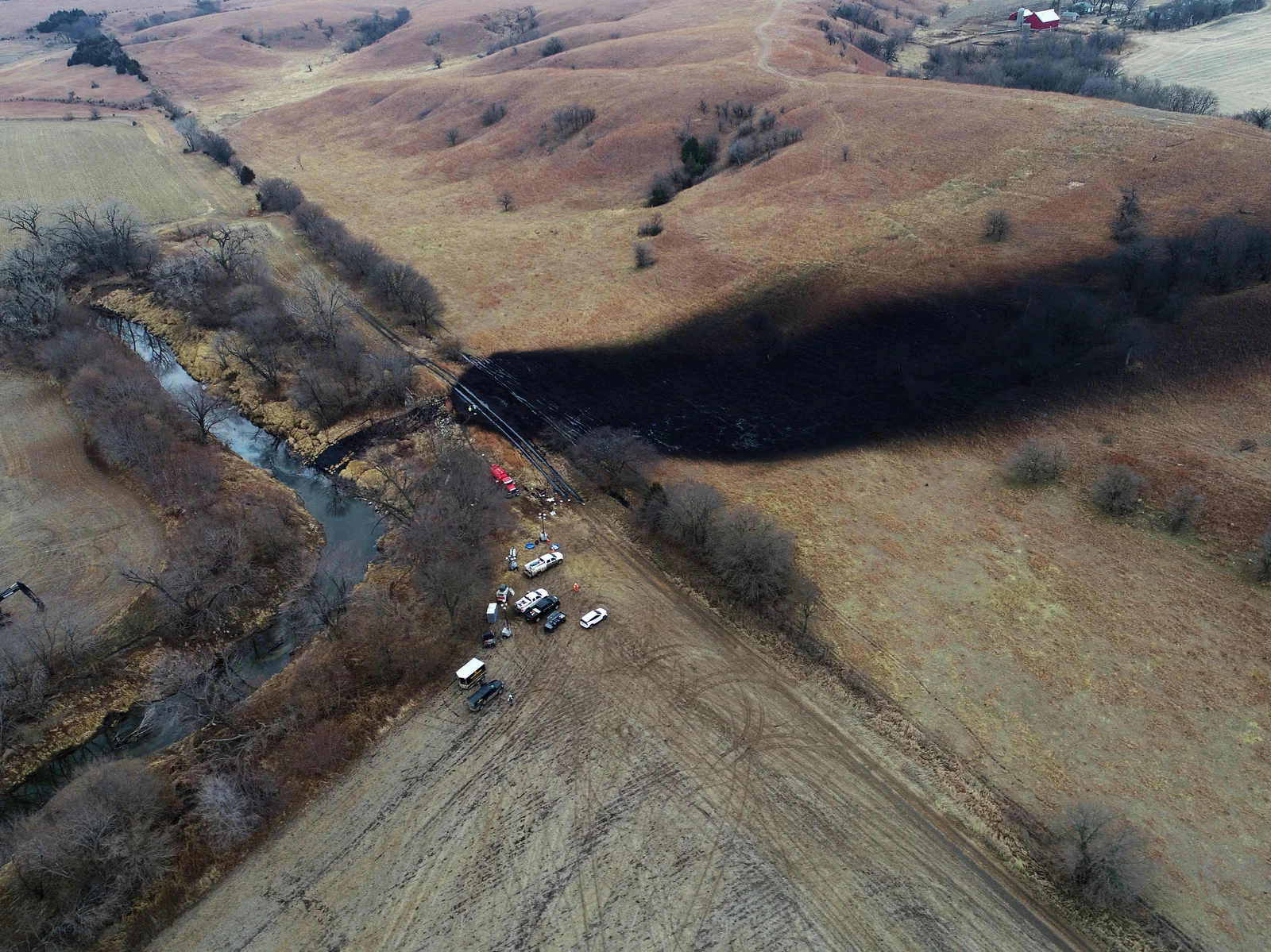
Failure Analysis Uncovers the Cause of the Keystone Oil Spill
